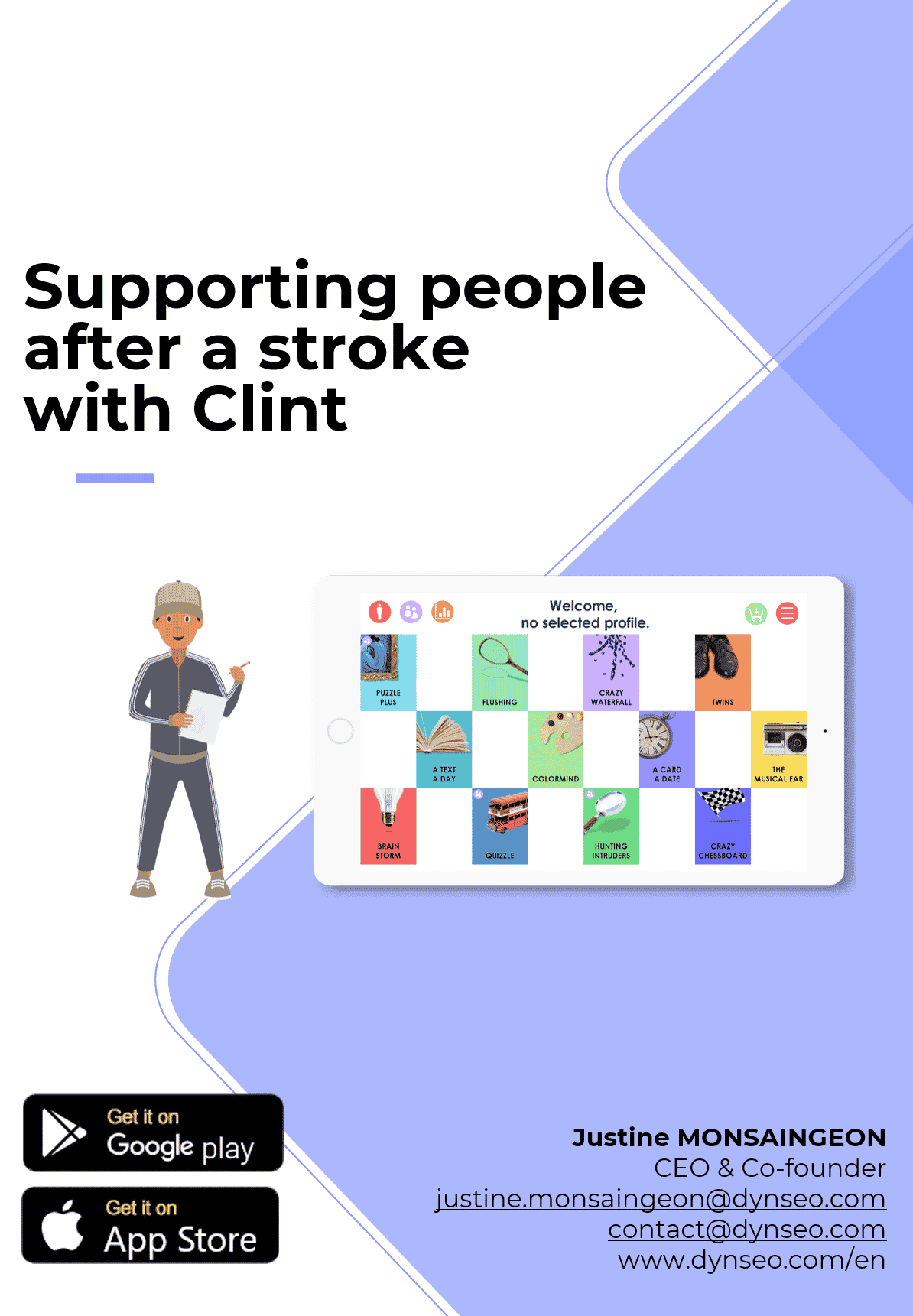When we think about the aftermath of a stroke, one of the most challenging aspects can be the impact on communication abilities. For many of us, the ability to express thoughts and feelings through speech is fundamental to our identity and social interactions. After a stroke, individuals may experience aphasia, a condition that affects language comprehension and production.
This can manifest in various ways, such as difficulty finding words, forming sentences, or understanding spoken language. As we navigate this complex landscape of recovery, it becomes crucial to understand the nuances of post-stroke speech rehabilitation. The journey is often long and requires patience, support, and tailored strategies to help regain lost communication skills.
In our quest for effective rehabilitation, we must recognize that each person’s experience with stroke and subsequent speech challenges is unique. Some may find themselves grappling with mild difficulties, while others may face more severe impairments. This variability necessitates a personalized approach to therapy that considers individual needs, preferences, and progress.
Speech-language pathologists play a vital role in this process, assessing each person’s specific challenges and designing targeted interventions. As we embark on this journey together, it is essential to foster an environment of encouragement and understanding, allowing individuals to regain their confidence and re-establish connections with their loved ones.
The Role of Technology in Speech Rehabilitation
In recent years, technology has emerged as a powerful ally in the field of speech rehabilitation. We have witnessed a remarkable evolution in the tools available to support recovery efforts, ranging from sophisticated software programs to user-friendly mobile applications. These technological advancements have opened new avenues for therapy, making it more accessible and engaging for individuals recovering from strokes.
By integrating technology into our rehabilitation efforts, we can enhance traditional therapy methods and provide additional resources for practice outside of clinical settings. One of the most significant advantages of technology in speech rehabilitation is its ability to offer personalized and adaptive learning experiences. Many apps and software programs utilize algorithms that adjust difficulty levels based on individual performance, ensuring that we are consistently challenged without becoming overwhelmed.
This tailored approach not only keeps us engaged but also allows for continuous progress tracking. As we embrace these technological innovations, we can create a more dynamic and interactive rehabilitation experience that complements traditional therapy methods and empowers individuals on their journey to recovery.
Benefits of Using Apps for Speech Rehabilitation

The integration of apps into speech rehabilitation offers numerous benefits that can significantly enhance our recovery experience. One of the most notable advantages is the convenience and accessibility these tools provide. With mobile applications readily available on smartphones and tablets, we can engage in therapy exercises anytime and anywhere.
This flexibility allows us to incorporate practice into our daily routines, making it easier to stay committed to our rehabilitation goals. Whether we are at home, waiting for an appointment, or traveling, we can continue working on our speech skills without being confined to a clinical setting. Moreover, the interactive nature of many speech rehabilitation apps fosters a sense of motivation and engagement that traditional methods may lack.
Many applications incorporate gamification elements, turning exercises into enjoyable challenges that encourage us to practice regularly. This playful approach not only makes therapy more enjoyable but also helps reduce feelings of frustration or anxiety that can accompany speech difficulties. As we immerse ourselves in these engaging activities, we are more likely to remain committed to our rehabilitation journey and celebrate our progress along the way.
Features to Look for in Speech Rehabilitation Apps
When exploring speech rehabilitation apps, it is essential for us to consider specific features that can enhance our experience and support our recovery goals. First and foremost, we should look for apps that offer a variety of exercises targeting different aspects of speech and language. This may include activities focused on vocabulary building, sentence formation, pronunciation practice, and comprehension skills.
A well-rounded app will provide us with diverse exercises that address our unique challenges and allow us to work on multiple areas simultaneously. Another critical feature to consider is the app’s user interface and ease of navigation. We want an application that is intuitive and user-friendly, allowing us to focus on our practice rather than struggling with complicated menus or settings.
Additionally, progress tracking capabilities are vital; we should be able to monitor our improvements over time easily. This feature not only helps us stay motivated but also provides valuable insights for our speech-language pathologists as they adjust our therapy plans based on our progress.
Examples of Engaging Apps for Post-Stroke Speech Rehabilitation
As we delve into the world of speech rehabilitation apps, several engaging options stand out as particularly beneficial for post-stroke recovery. One such app is Clint, designed specifically for adults recovering from strokes or other neurological conditions. Clint offers a range of brain games that target various cognitive skills essential for effective communication.
With its user-friendly interface and adaptive exercises, Clint allows us to practice at our own pace while receiving immediate feedback on our performance. Another noteworthy app is Scarlett, which caters specifically to seniors experiencing speech difficulties after a stroke or other cognitive impairments. Scarlett provides a collection of brain games tailored to enhance memory, language skills, and cognitive function.
The app’s engaging design encourages regular practice while fostering a sense of accomplishment as we progress through different levels of difficulty. By utilizing these innovative tools, we can take charge of our rehabilitation journey and work towards regaining our communication abilities.
Tips for Incorporating Apps into Speech Rehabilitation Therapy

Effectively integrating speech rehabilitation apps like Clint and Scarlett into therapy routines requires thoughtful planning and consistent effort. By adopting practical strategies and involving supportive individuals, we can optimize the benefits of these digital tools for speech recovery.
1. Establish a Consistent Practice Schedule
Creating a structured routine is crucial for making steady progress with speech rehabilitation apps.
- Set Specific Times: Dedicate consistent periods each day to app-based practice, such as a 10-minute session in the morning or a 20-minute session in the evening.
- Tailor Sessions to Energy Levels: Schedule practice when you feel most alert and focused to maximize engagement and effectiveness.
- Use Reminders: Leverage app notifications or set alarms to ensure regularity and prevent missed sessions.
Consistency helps reinforce learning and builds confidence as you gradually tackle more complex exercises.
2. Involve Family Members or Caregivers
Family and caregivers can play an integral role in app-based rehabilitation:
- Facilitate Exercises: Loved ones can guide you through app activities or provide encouragement during challenging tasks.
- Participate Together: Engaging in app-based games or exercises as a team can make sessions more enjoyable and foster deeper connections.
- Provide Motivation: Regular encouragement and shared celebrations of milestones create a positive atmosphere that supports recovery.
This collaborative approach transforms rehabilitation into a shared journey rather than a solitary task.
3. Leverage App Features for Personalization
Take advantage of features within speech therapy apps to tailor the experience to your needs:
- Adjust Difficulty Levels: Many apps allow you to customize exercises based on your progress, ensuring a balance between challenge and skill.
- Track Progress: Use built-in tracking tools to monitor improvements and identify areas that need more focus.
- Integrate with Other Therapy Tools: Combine app exercises with traditional techniques, such as breathing exercises or speech drills, for a holistic approach.
Personalization helps maintain engagement and ensures the therapy aligns with your unique goals.
4. Foster Motivation Through Gamification
Speech therapy apps often incorporate elements of gamification to enhance engagement:
- Achieve Milestones: Celebrate reaching levels or completing challenges within the app.
- Earn Rewards: Take pride in points, badges, or other incentives offered by the app.
- Set Personal Goals: Establish achievable milestones, such as mastering a particular exercise, to maintain focus and drive.
This playful approach makes therapy more enjoyable, reducing feelings of frustration or fatigue.
5. Combine Digital and Traditional Practices
While apps are valuable, they work best when integrated with traditional methods:
- Alternate Between Techniques: Start with traditional speech drills, then transition to app-based activities for variety.
- Practice in Real-World Settings: Apply skills learned from the app to real conversations, enhancing their practical use.
- Seek Professional Guidance: Consult your speech therapist for advice on combining app-based and traditional therapies effectively.
This balanced approach ensures a comprehensive recovery process.
By incorporating these tips into your routine, you can fully utilize speech rehabilitation apps to accelerate progress, maintain motivation, and make the recovery journey more engaging and collaborative.
Success Stories of Using Apps for Speech Rehabilitation
As we explore the impact of technology on speech rehabilitation, numerous success stories highlight the transformative potential of apps like Clint and Scarlett. Many individuals recovering from strokes have reported significant improvements in their communication abilities after incorporating these tools into their therapy routines. For instance, one user shared how using Clint helped them regain confidence in their speech after struggling with word retrieval issues for months.
The app’s engaging exercises provided them with the practice they needed while also making the process enjoyable. Similarly, seniors using Scarlett have experienced remarkable progress in their cognitive function and language skills. One participant noted that the app’s interactive games not only improved their vocabulary but also rekindled their passion for storytelling—a vital aspect of their identity that had been diminished after their stroke.
These success stories serve as powerful reminders of the potential for recovery when we embrace innovative tools and approaches in our rehabilitation journey.
Future of App-Based Speech Rehabilitation Therapy
Looking ahead, the future of app-based speech rehabilitation therapy appears promising as technology continues to evolve and improve. We can anticipate even more sophisticated applications that leverage artificial intelligence and machine learning to provide personalized experiences tailored to individual needs. These advancements may enable apps to analyze user performance in real-time and adjust exercises accordingly, ensuring optimal engagement and progress tracking.
Moreover, as telehealth becomes increasingly prevalent in healthcare delivery, we may see greater integration between app-based therapy and remote consultations with speech-language pathologists. This hybrid approach could allow us to receive expert guidance while utilizing engaging apps for practice at home. As we embrace these innovations together, we can look forward to a future where technology plays an even more significant role in enhancing speech rehabilitation outcomes for individuals recovering from strokes and other communication challenges.
For those interested in the intersection of technology and rehabilitation, particularly in the context of speech therapy post-stroke, exploring the use of engaging apps can be quite beneficial. A related article that delves into the use of technology to support educational and developmental challenges is about the use of educational tablets for autistic children. This article discusses how specialized apps and tools on tablets can be tailored to meet the unique learning needs of autistic children, promoting engagement and learning. This concept parallels the use of apps in post-stroke speech rehabilitation by emphasizing customized, user-friendly, and engaging digital solutions to address specific therapeutic needs. You can read more about this approach in the article on educational tablets for autistic children.



